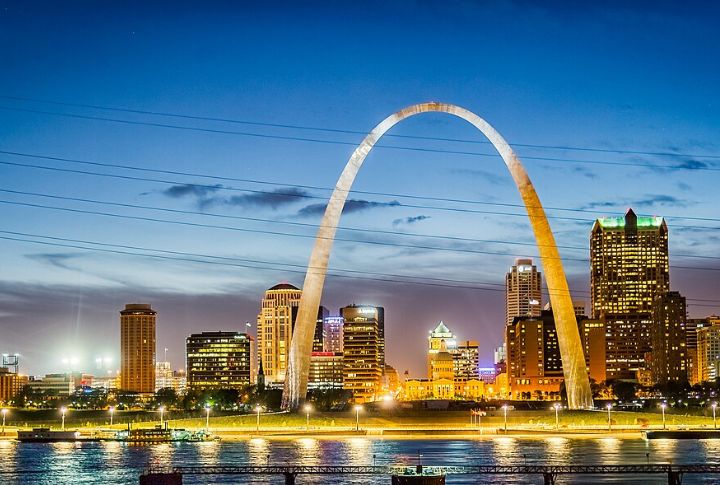
What makes a building more than just bricks and steel? Some structures tell a story, push boundaries, or redefine how we experience space. The best designs go beyond looks, blending function with emotion in unexpected ways. These ten US landmarks prove that bold ideas can leave a lasting mark. Get ready to see architecture that doesn’t just stand still—it speaks.
The Biltmore Estate, Asheville, NC
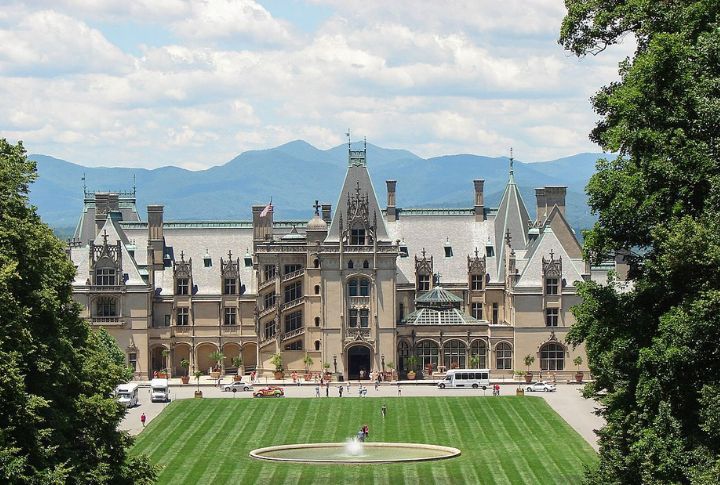
America’s largest privately-owned home looks straight out of a European fairytale. Built by George Vanderbilt in 1895, the Biltmore Estate is a French Renaissance-style mansion featuring 250 rooms, grand halls, lush gardens, and stunning mountain views. It’s a rare blend of luxury and craftsmanship, proving that Gilded Age excess can still leave you speechless.
The Guggenheim Museum, New York, NY
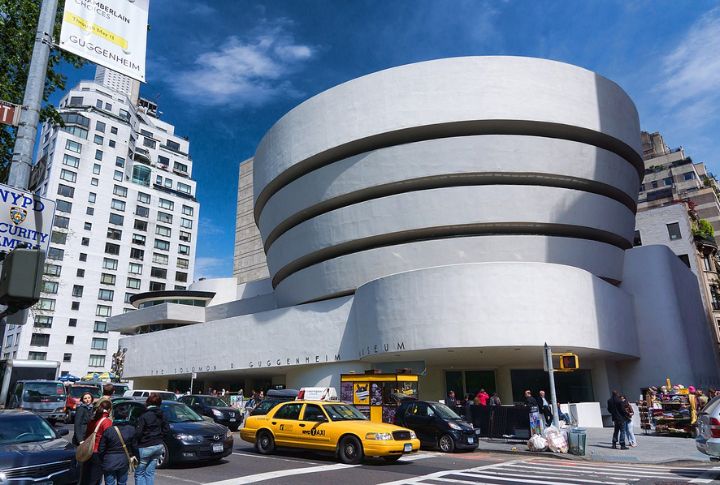
A museum experience that belongs on every bucket list—and not just for the art. Frank Lloyd Wright replaced traditional gallery floors with a continuous spiral, allowing visitors to flow effortlessly from one exhibit to the next. The result? A masterpiece where art and architecture merge. As Wright once said, “Every great architect is—necessarily—a great poet.” The Guggenheim is living proof.
Walt Disney Concert Hall, Los Angeles, CA
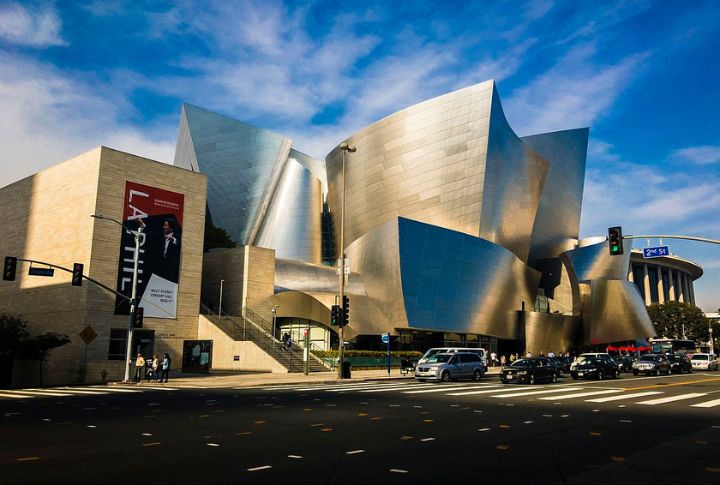
Some buildings are designed to be seen. Others, like the Walt Disney Concert Hall, are meant to be heard. Music doesn’t stop at the stage here—it spills into the walls, the ceilings, and even the air outside. The rolling curves of stainless steel help shape the acoustics, making every performance sound as good as it looks. Depending on the time of day, you can also see the sun interact with the metal, which makes the exterior constantly shift.
Fallingwater, Mill Run, PA
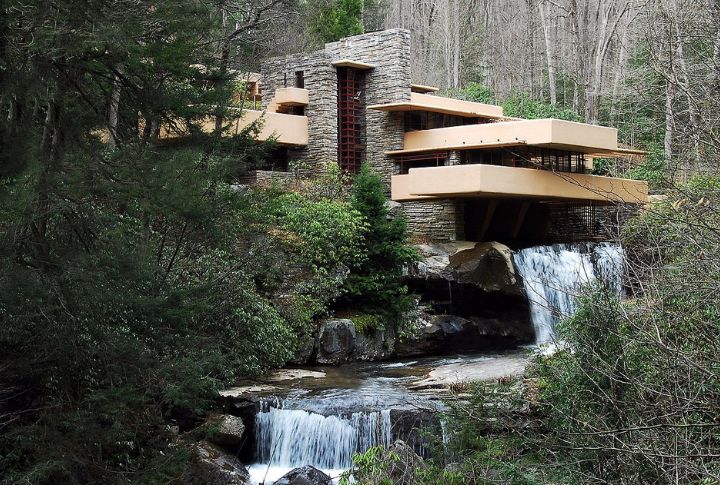
Imagine waking up to the sound of water rushing beneath your home—a reality where science meets magic in Fallingwater. Rather than placing a house beside a waterfall, Wright built it over one, seamlessly merging architecture with nature. Its cantilevered design seems to defy gravity, proving that buildings don’t just exist in nature—they can become part of it.
Gateway Arch, St. Louis, MO
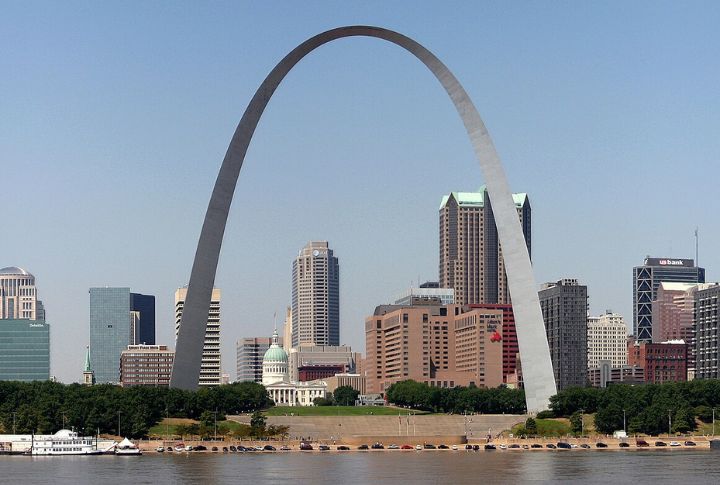
At first glance, this landmark might look simple, but it is anything but. Eero Saarinen’s 630-foot stainless-steel arch is a masterclass in engineering. Its shape follows a flawless inverted catenary curve, one of architecture’s strongest and most enduring forms. Fun fact: The whole thing wouldn’t have fit together if the two sides had been off by just 1/64 of an inch during construction. Genius, isn’t it?
The High Line, New York, NY
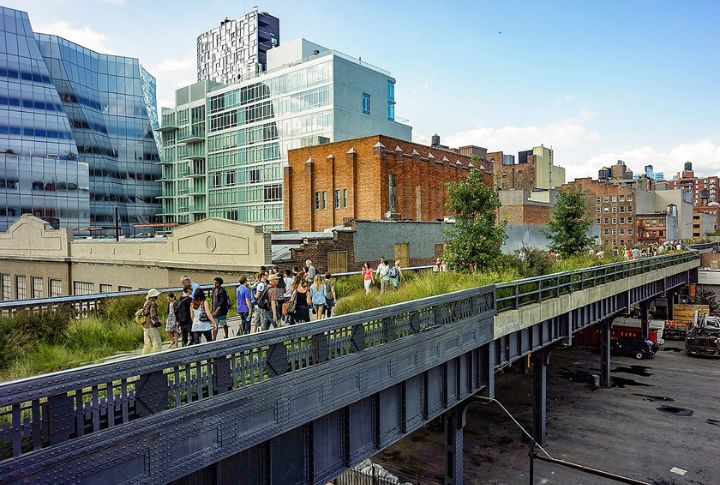
A concrete garden, but hanging in the atmosphere! This abandoned rail line was transformed into a public park, proving that old spaces can find new life. The mix of wild plants, modern seating, and unexpected art makes every step a discovery. It’s living proof that cities don’t always have to stretch endlessly; they adapt.
The Broad, Los Angeles, CA
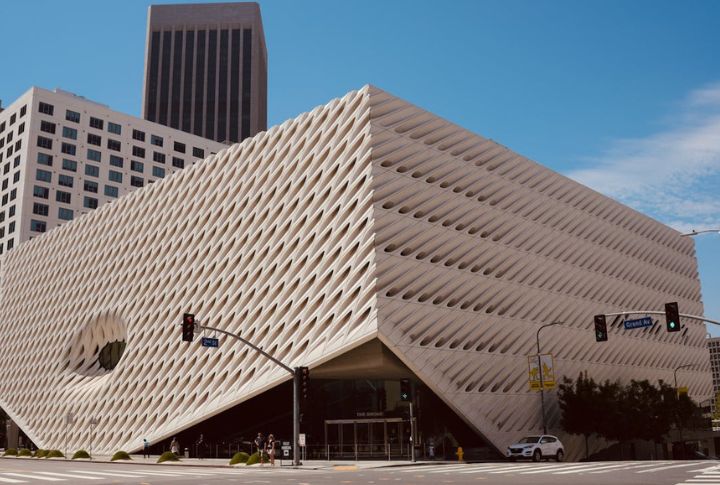
Looking cool and working smarter makes the best kind of design. The Broad’s unique white honeycomb design filters natural light to protect the art inside. All the while looking stunning! The “veil and vault” concept balances open gallery space with hidden storage, creating a museum that’s as functional. Plus, it’s one of the few major museums with free admission.
The Chrysler Building, New York, NY
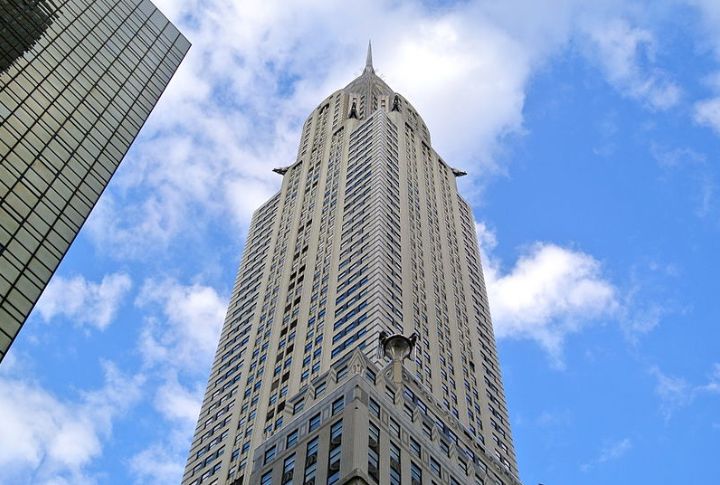
“Architecture should speak of its time and place but yearn for timelessness,” architect Frank Gehry once said. The Chrysler Building is one of the finest examples of contemporary structures, and it will be in history books. While other buildings went for height, this one went for style. Its Art Deco details—like the metal sunbursts and intricate elevator doors—turn a simple office tower into a masterpiece (imagine working here!).
Salk Institute, La Jolla, CA
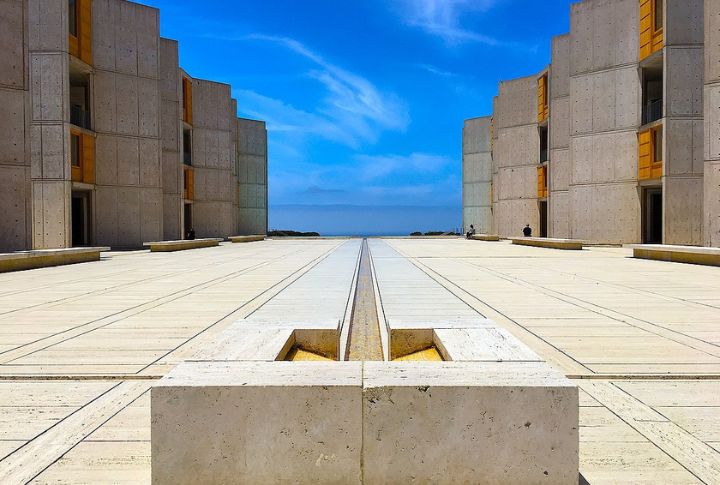
Minimalism proves that simplicity is a powerful statement. Louis Kahn’s Salk Institute blends concrete, symmetry, and open courtyards into a space that feels both peaceful and productive. The long water channel running through the courtyard leads the eye straight to the Pacific, reminding visitors of the serene connection between civilized knowledge and the wild natural world.
Seattle Central Library, Seattle, WA
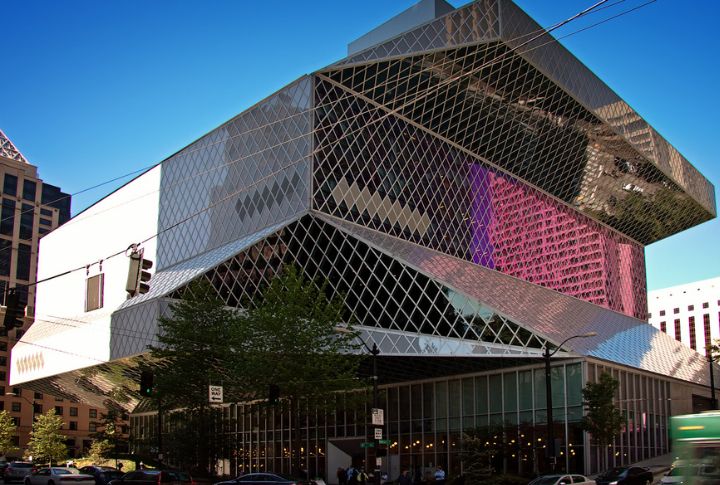
Forget the dim lighting and dusty shelves—this library is a glass-and-steel masterpiece. The innovative ‘Book Spiral’ makes browsing effortless, while bold angles and open spaces spark creativity. It’s proof that libraries can be just as inspiring as the stories they hold. After all, who wouldn’t want to read in a ‘glass house’?
